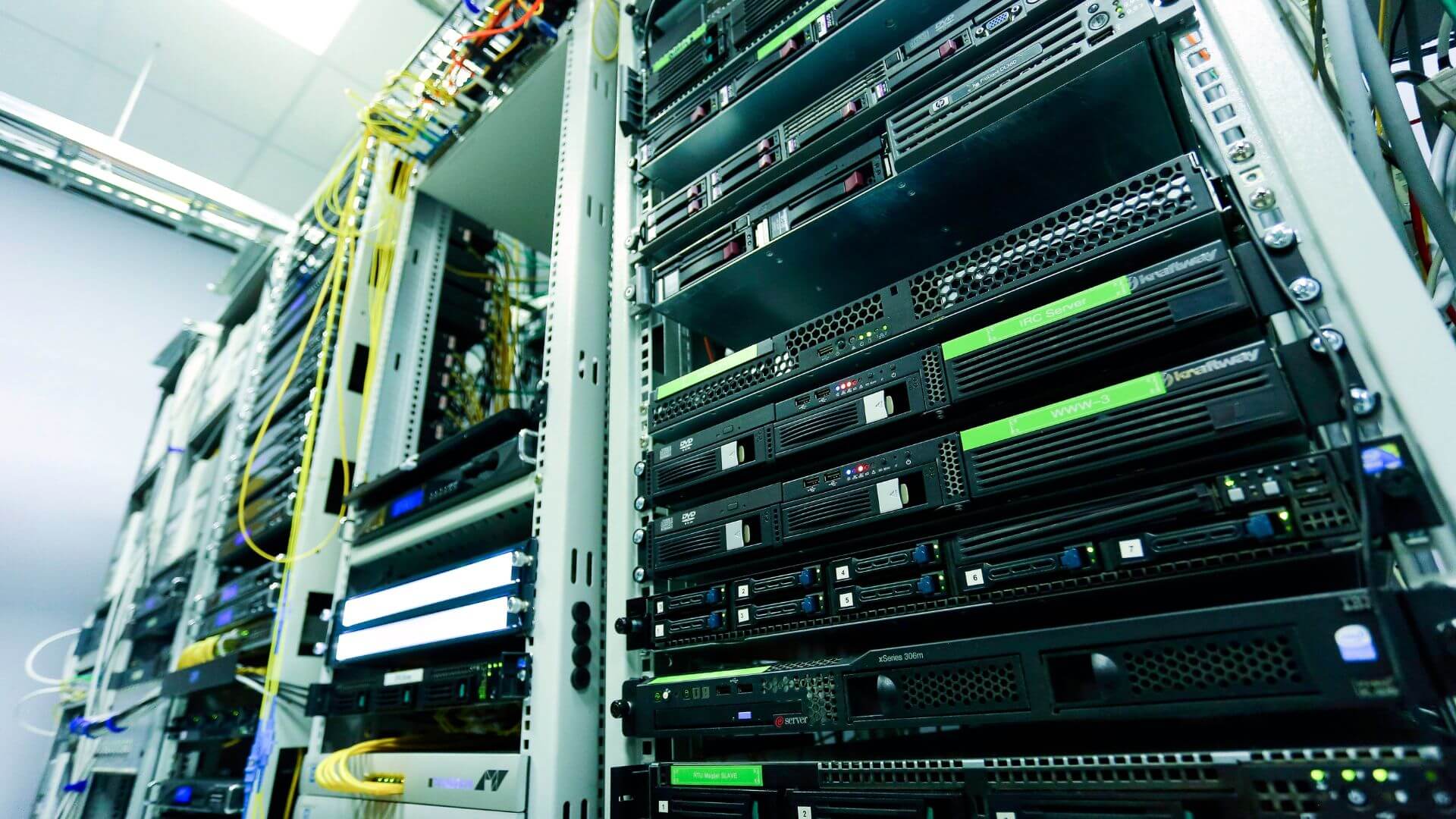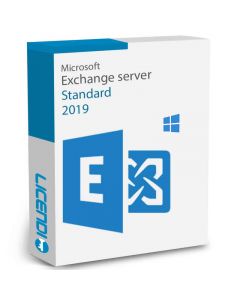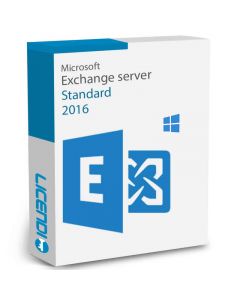Complete Guide to Managing Microsoft Exchange Server
Microsoft Exchange Server is a widely used email server solution that facilitates business communication and collaboration. From setting up the server to backing up and managing access, every aspect is crucial to ensure a smooth and secure operation. In this blog, we will explore how to set up your Exchange Server, how to make effective backups and how to manage login securely.
In our Licendi shop, you can purchase Microsoft Exchange Server at an excellent price, with guaranteed activation. We offer complete solutions for businesses looking to improve their communication infrastructure with a reliable and secure platform. Now, we will explore how to configure your Exchange Server, how to perform effective backups and how to manage your login securely.
Exchange Server Basic Configuration
Step 1: Installation and Initial Setup
To get started with Exchange Server, you need a dedicated machine with Windows Server installed. After installing the operating system, the next step is to install Exchange Server. Microsoft provides detailed documentation and a setup wizard that will guide you through the process. It is important to follow Microsoft's recommendations for configuring the server to meet the specific requirements of your infrastructure.
Step 2: Configure Roles and Services
Once installed, you must configure the Exchange Server roles and services. This includes the client access role, the mail transport role, and the mailbox role. Proper configuration of these roles is essential for the server to function properly and be secure.
Step 3: Creation and Management of Mailboxes
The next step is to create and manage user mailboxes. This can be done using the Exchange Administration Centre (EAC) or via PowerShell, which offers full control over advanced configuration and automation of repetitive tasks.


Exchange Server Maintenance and Backup
Importance of Regular Backups
Regular maintenance is crucial to ensure business continuity, and one of the most important aspects of this maintenance is Exchange Server backup. Performing regular backups helps protect user data and critical business information against accidental loss or cyber-attacks.
Backup Strategies for Exchange Server
For an effective Exchange Server backup, it is important to follow a strategy that includes full, incremental and differential backups. This not only ensures that all data is secure, but also optimises storage space and reduces the time required to restore the system in the event of a failure.
Backup Tools and Solutions
There are several tools and backup solutions available on the market that can ease the process of backing up your Exchange Server. These solutions offer advanced features such as backup automation, centralised management, and the ability to quickly restore data to its original state.
Security and Access: Microsoft Exchange Server Login
Secure Access Configuration
Security is a top priority when managing the Microsoft Exchange Server. Securing the login process is critical to protecting sensitive company information. Implementing multi-factor authentication (MFA) is a recommended best practice for improving login security.
Monitoring and Access Management
In addition to setting up secure authentication, it is crucial to monitor and manage who has access to the server. This includes regularly reviewing access logs and adjusting permissions as necessary to ensure that only authorised personnel have access to critical server functions.
Use of Strict Security Policies
Implementing strict security policies and following industry best practices can help minimise the risks associated with server access. This includes regularly updating software, applying security patches and training users on the importance of keeping their credentials secure.
Conclusion
Configuring and maintaining a Microsoft Exchange Server requires a detailed understanding of its architecture and functionality. From initial configuration to implementing robust backup strategies and secure login management, each step is vital to ensuring that the server operates efficiently and securely. By following the guidelines and best practices outlined in this blog, you can maximise the operational efficiency and security of your Exchange Server solution. Remember that preparation and ongoing maintenance are key to avoiding outages and protecting your critical business data.






